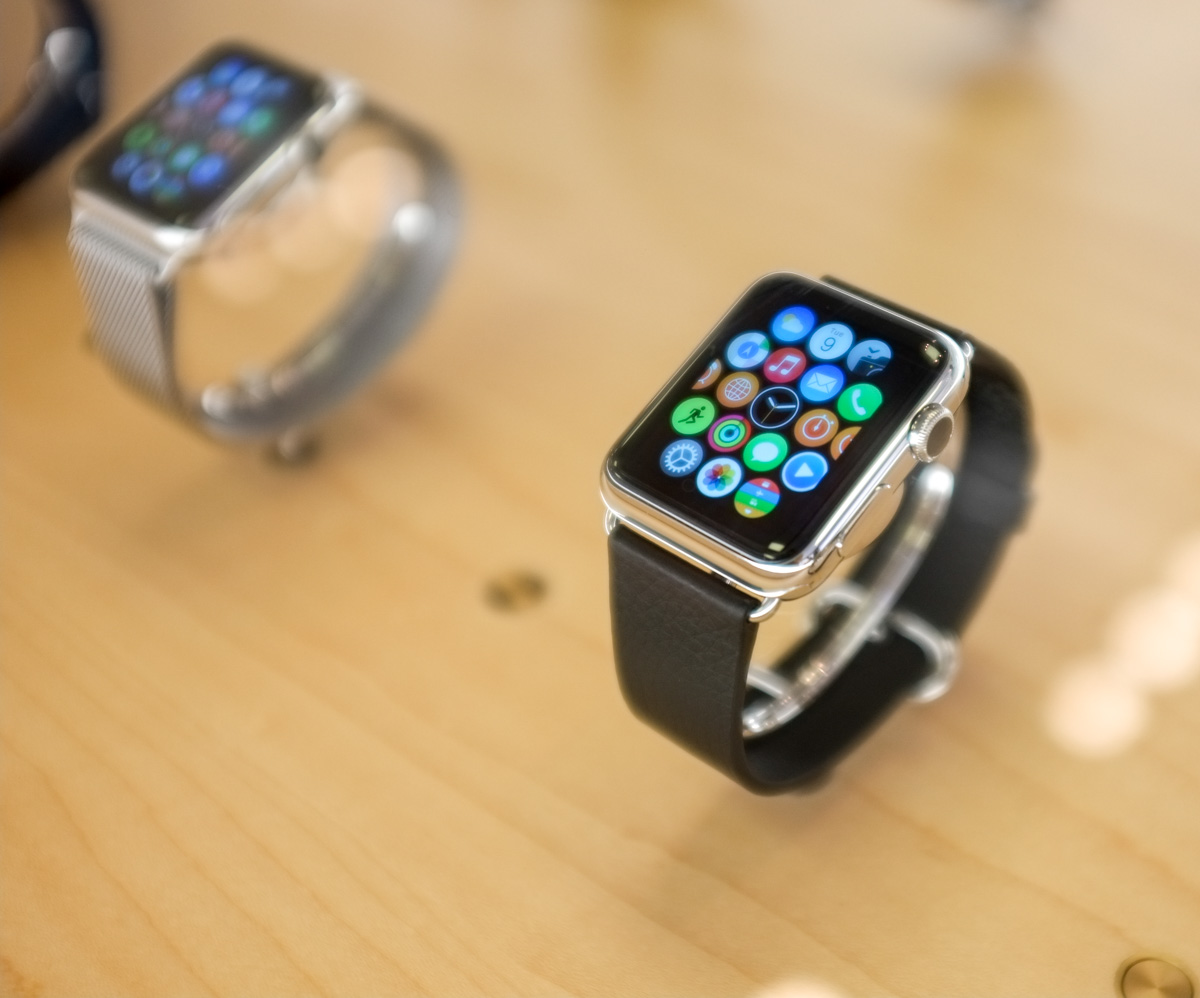
Mac Killer: How Apple Watch Will Change The Apple Device Hierarchy
Many seem to believe that Apple Watch will inevitably lead to the death of the iPhone. This has been a leading concept for quite some time, even predating the wearable’s official unveiling, and the idea was further emphasized by David Pierce’s PR disaster over at Wired last week. The problem, though, is that this philosophy isn’t just unrealistic, it is entirely incorrect. It is not the direction Apple will take with Apple Watch.
Along the way, the Apple team landed upon the Watch’s raison d’être. It came down to this: Your phone is ruining your life.
If Pierce’s contention is that iPhone seems to cause a fair bit of distracting information overload and needs its impact scaled back a bit, that’s fair. But his article’s title, “iPhone Killer: The Secret History of the Apple Watch,” seems to indicate that Apple believes its smartphone needs a full-on replacement in the form of their new wearable. And that notion is ridiculous. From a pure money perspective, it would be a disaster for Apple to target its biggest revenue maker, whether that happens now or in 10 years down the road. But even from a technological perspective, there are things you can do on your phone that you just can’t do — and will never be able to do — on a watch-like wearable. (Things like, for example, writing this article.) What is more realistic is that the Apple Watch will make Apple reposition its product lineup, putting the iPhone on an even higher pedestal above the rest of their family of connected devices.
At Macworld in 2001, Steve Jobs introduced Apple’s new philosophy for its products: the Mac as the digital hub, with all devices connecting and relaying to it. Since then, we’ve used desktop and laptop computers as our main productivity devices, as well as our main data-storing hubs. Even with the advent of iCloud, the cloud’s main relay remains the home computer.
However, with Apple Watch, that hierarchy changes. Before, the Mac was the top device where everything originates, where everything else connects. The Watch, on the other hand, connects to the iPhone, and only to the iPhone. This is a major shakeup in philosophy because now iPhone supplants Mac to become the main hub, with all other devices (including said Mac) connecting to it.
When Apple launched Continuity (the service that allows you to begin work on one device and pick up where you left off on another) at WWDC last year, it originally seemed as if all Apple devices were on a level playing field. What I mean by that is that it didn’t seem like any one device was relaying to all the others, but that the flow of information was truly moving things evenly across the line. But once the service launched, it became clear, at least to me, that the majority of all this moving around originated from and/or terminated at the iPhone. To continue with the above sports metaphor, iPhone was singlehandedly racking up all the team’s assists and scoring a healthy majority of their total points.
Features like Continuity simply underscore Apple’s focus on the iPhone. And why shouldn’t Apple focus on it? More people have an iPhone then any other device. If iPhone becomes the central hub for the majority of those users, then the paradigm will push Apple customers into buying more Apple devices, such as Apple Watch. There is precedent here, too, as this is the model Cupertino employed in using Macs to push iPod sales (and vice versa).
So, no. It isn’t strange that Apple Watch can only pair to an iPhone. On the contrary, it’s the only thing that makes sense. The era of the smartphone is just beginning. And iPhone is king.
(And no, of course I don’t think the Mac is dying anytime soon. I was just making fun of Pierce’s Wired faux pas.)